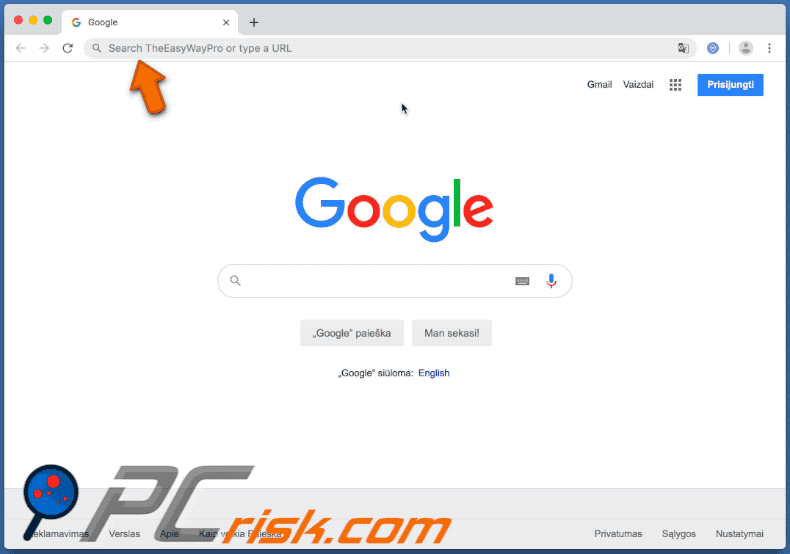- Click the Windows Start button or press the Windows key. In the Start Menu, click Control Panel. In the Control Panel window, click the Uninstall a program link under the Programs section. From the list of currently installed programs, select Mozilla Firefox.
- Like most apps, uninstalling Firefox from an Apple computer is a simple matter of deleting the application file. OS X Yosemite doesn't have a complicated uninstall application.

Getting Firefox installed on your computer is your first step to using it. This article will show you how to install Firefox on Linux.
Before deleting your profile QUIT your firefox and Remove it Finder Current User Library Application Support Firefox Profile Remove it and Remove the firefox from application. Download the Firefox from www.mozilla.org. Aug 06, 2020 How to Uninstall Firefox for Mac To uninstall apps from your Mac, send them to your computer's Trash. To uninstall Firefox, right-click its icon in your Applications folder and select Move to Trash. Alternatively, drag the icon directly to the Trash.
For other operating systems see:
Many Linux distributions include Firefox by default while most have a package management system - a preferred way to install Firefox. Package management system will:

- Ensure that you have all the required libraries
- Install Firefox optimally for your distribution
- Create shortcuts to launch Firefox
- Make Firefox available to all users of your computer
- Make removing Firefox work the same as removing any other application
Package management system has downsides:
- It may not give you the latest Firefox version
- It may give you a version without Firefox branding

Mozilla Firefox On Mac
You can also install Firefox through the Flatpak option.
Flatpak is a new packaging format for Linux. To setup Flatpak, visit FlatPak's setup guide and select your OS and follow the installation steps.
Once you have Flatpak installed, go to the Firefox Flathub page and click the button. Once downloaded, follow the command line instructions at the bottom of the page.
Once Firefox is installed from Flatpak, updates are automatic so no need to reinstall.
Download a specific locale version
When installing Flatpak (via the command line or via the Flathub url link), the OS locale is being checked (OS locale and not the browser accept language header) and Flathub only sends the locales that share the same prefix. So for example if LANG=en_US.UTF-8 Flatpak will send locales that have the common prefix en which are en-CA, en-GB etc.
To download a specific locale it can be done manually. For example, specific installation of French (fr) locale:flatpak update --subpath=/fr org.mozilla.firefox.Locale
To install Firefox using the package manager, please refer to your Linux distribution's documentation.
The support sites for some Linux distributions have complete instructions on how to install Firefox without using a package manager, although a few information may be out of date. For example:
:max_bytes(150000):strip_icc()/001-uninstall-firefox-on-mac-4587169-6c399cabec6c489b9c076334e78a6c8e.jpg)
You can also follow the instructions below to manually install on each user's account.
Remove Firefox From Macbook Air
- Before you install Firefox, make sure that your computer has the required libraries installed. Missing libraries will cause Firefox to be inoperable.
- The installation file provided by Mozilla in .tar.bz2 format has pre-compiled binary files as opposed to sources. There is no need to compile the program from the source: simply unpack and run the binaries.
- The following instructions will install Firefox into your home directory. Only the current user will be able to run it.
- Download Firefox from the Firefox download page to your home directory.
- Open a Terminal and go to your home directory:
cd ~
- Extract the contents of the downloaded file:
tar xjf firefox-*.tar.bz2
- Close Firefox if it's open.
- To start Firefox, run the firefox script in the firefox folder:
~/firefox/firefox- Firefox should now start. You can then create an icon on your desktop to run this command.
- There's no need to keep the installation file:
rm firefox-*.tar.bz2
libstdc++5 error
As noted above, you need to install the required libraries for Firefox to work. Many distributions don't include libstdc++5 by default.
'firefox not installed' message or wrong version of Firefox starts
If Firefox is installed following the instructions given above, it must be started (in a Terminal or in a launcher on the Desktop, for example) using the command: ~/firefox/firefox
Firefox For Mac
If you try to start Firefox in a Terminal with the command: firefox, it will either start the package-manager-installed version of Firefox or will tell you the program is not installed.
